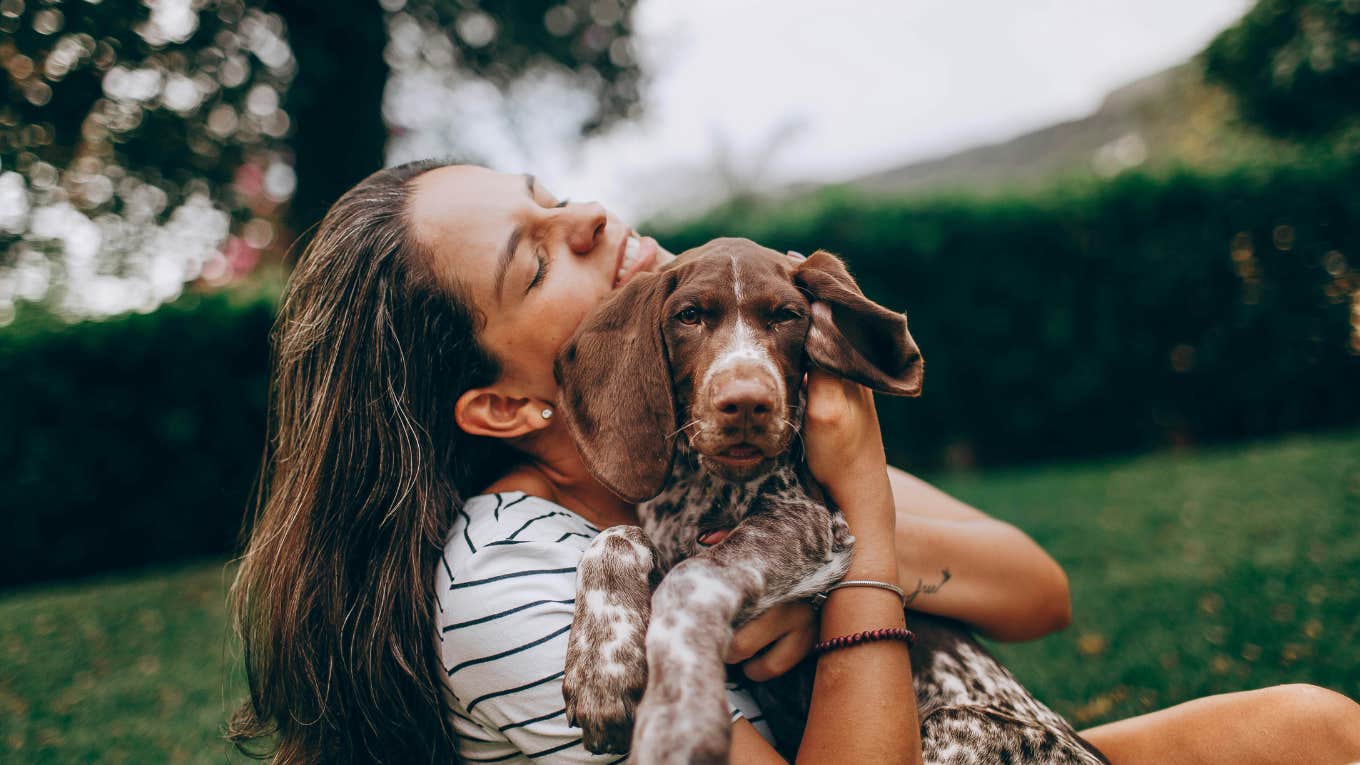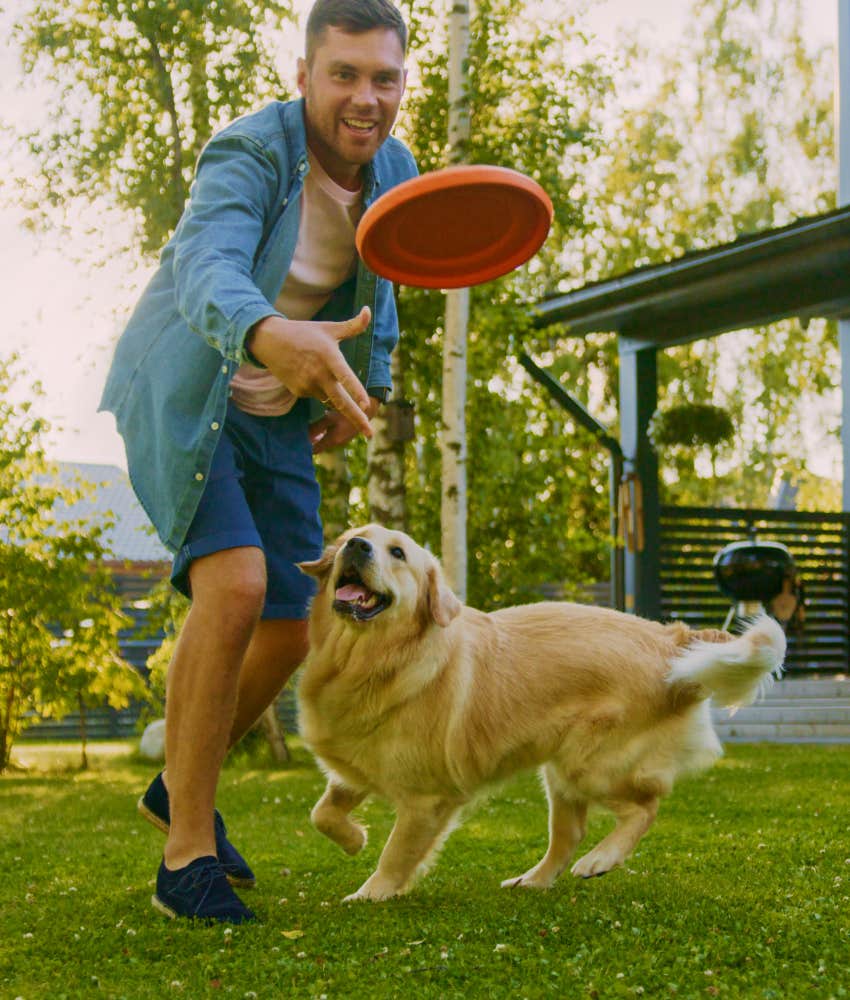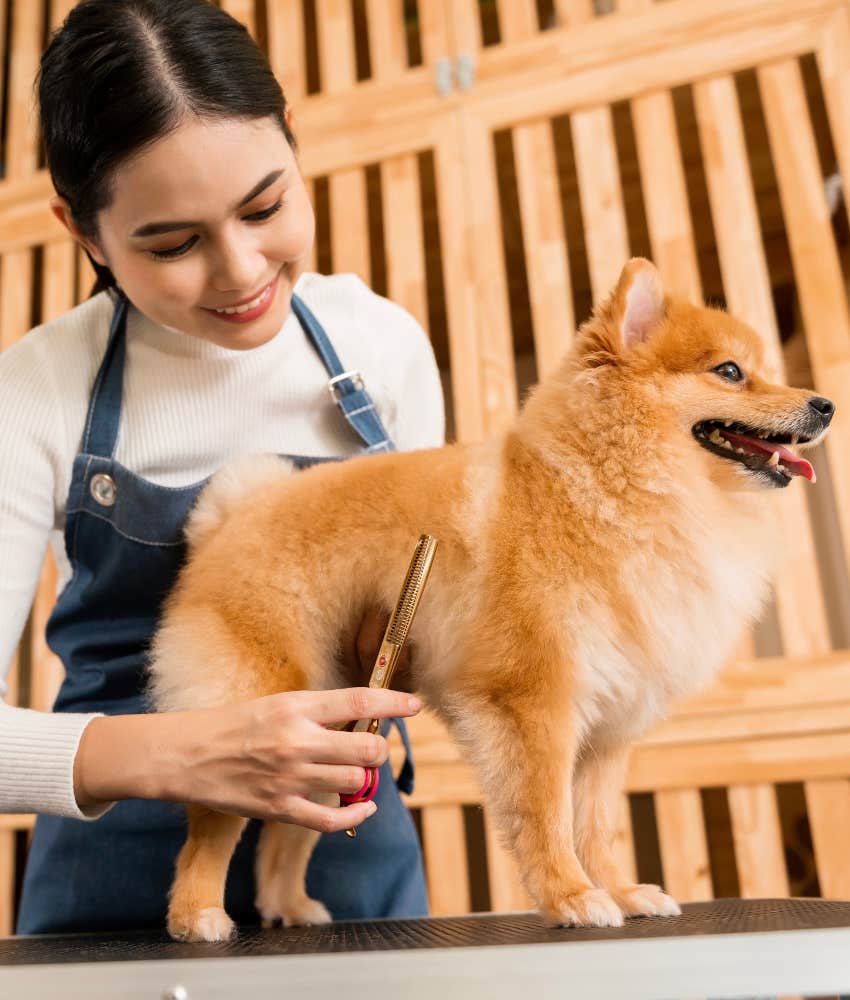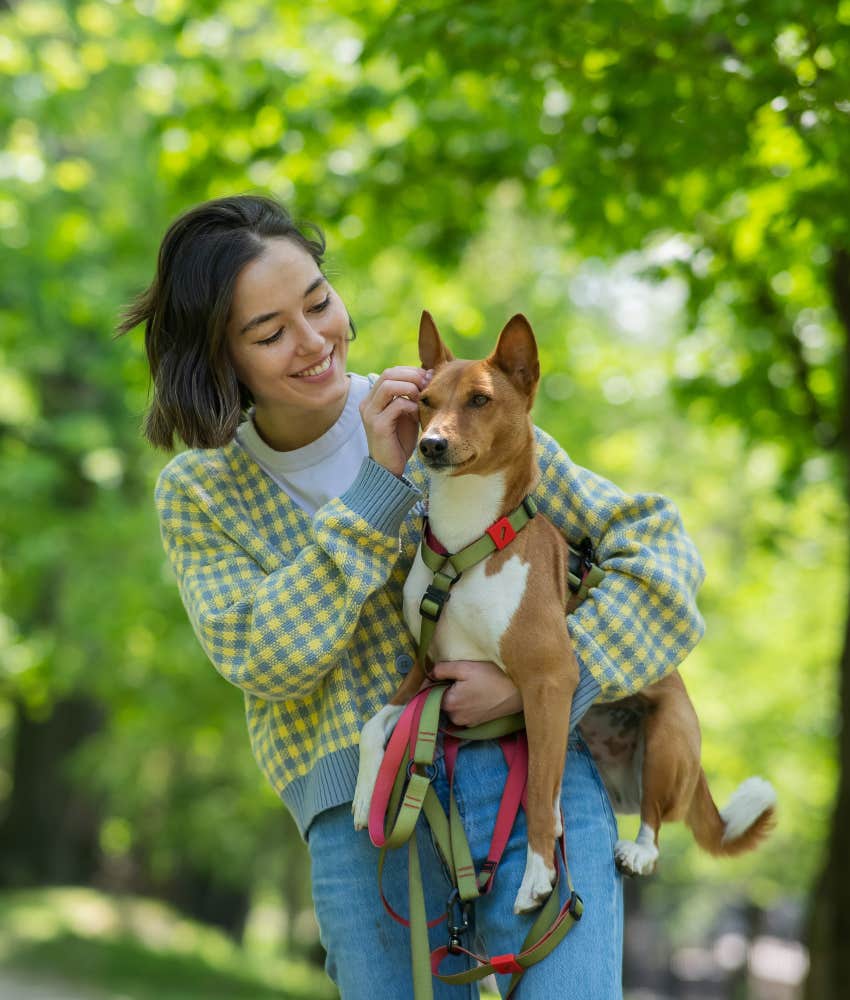Respect Isn't Just For People — 5 Everyday Things Make Your Dog Feel Respected
We treat them like they're family.
 Helena Lopes | Unsplash
Helena Lopes | Unsplash Dogs may not speak the same language as us, but they still understand respect. For them, it's feelings of trust, consistency, and love. Certified Applied Animal Behaviorist Dr. Cari Cannon shared the five everyday things pet owners can do to make their dogs feel respected because, as she put it, "respect isn't just for people."
As pet parents, we have to look beyond the basic responsibilities of feeding, playing, and walking, and make the effort to show our dogs that we truly value and respect them. Louise Glazebrook, author of "The Book Your Dog Wishes You Would Read," explained, "So as humans, we need to stop believing that we are the most powerful, we are the ones with all the control and use that energy to keep on moving forward, improving and changing the ways we interact with animals."
Here are 5 everyday things that make your dog feel respected:
1. Giving them real choices
Most of the time, we know what's best for our dogs, but they also need some freedom to just act like a dog. When your dog has autonomy and gets to make choices that matter, they're often happier and more confident. Let them pick what toy to play with, what route to walk, or when to slow down and take a pause.
 Gorodenkoff | Shutterstock
Gorodenkoff | Shutterstock
Irith Bloom, expert dog trainer and owner of The Sophisticated Dog, said, "Decades of research teaches us that helplessness is stressful, while control is empowering and beneficial. In fact, an animal who has more choice and control in general can handle even extremely stressful situations better!"
2. Letting them sniff
Dogs need to sniff like we need to use each one of our senses. It helps them understand their surroundings and feel more comfortable. Scent exploration is mentally stimulating for dogs and can reduce stress. Dragging them along during a walk won't be as satisfying for them.
According to PetMD, "Letting your dog stop and sniff freely on walks can enhance their well-being and help you better understand their behavior and preferences." However, you might not always have the time to let your dog sniff around. Teach them the difference between a quick, routine exercise walk and one where they're allowed to roam and explore. Perhaps even invite another canine friend or two!
3. Using consent-based handling
When dogs are forced to do things against their wishes, it can be emotionally traumatizing and make them angry or scared. During care activities like grooming, or even when trying to cuddle, take things at their pace.
 Thanakorn.P | Shutterstock
Thanakorn.P | Shutterstock
Train cooperative cues, such as lifting a paw for nail trimming, so they know what to expect and as a way of giving their consent to be touched and handled. Marc Bekoff, Ph.D., wrote for Psychology Today, "Providing your dog with the opportunity to give their consent creates a relationship of reciprocity."
4. Communicating clearly
Like most humans, dogs prefer consistency and structure in their day. They like to walk at the same times, nap at the same times, and eat at the same times (and they'll make sure you don't forget). Show them you're reliable and fair by maintaining clear commands and using your body language.
Another way to communicate is through positive reinforcement. When dogs follow instructions, they should be rewarded with praise, treats, or play to create a positive association with a certain behavior or action. Also, learning takes time. Be patient, and don't get frustrated if they don't catch on right away. It probably took you more than a few days to learn how to read or talk.
5. Respecting social boundaries
Not all dogs enjoy being pet or interacting with other dogs. They have a right to their own boundaries, and as their owners, we're in charge of protecting them and enforcing these boundaries.
 Reshetnikov_art | Shutterstock
Reshetnikov_art | Shutterstock
It's important to recognize when a dog is attempting to disengage or withdraw. QYS Dog Training shared that you should learn these signs, and that "If you fail to recognize and respect these slight movements (quiet communication), you may unintentionally force your dog to respond with louder, more aggressive forms of communication, such as growling, snapping, or nipping."
As Dr. Cannon put it, "Respect isn’t about control — it’s about communication. When dogs feel heard and understood, they relax, trust, and thrive."
Kayla Asbach is a writer currently working on her bachelor's degree at the University of Central Florida. She covers relationships, psychology, self-help, pop culture, and human interest topics.

